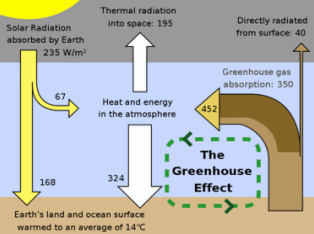Rioting is a defined as a violent, public disorder caused by a group of persons. It is a unique phenomenon in that it is difficult to pinpoint exactly what is going to trigger and sustain a riot. Social scientists know that there is a tipping point at which participants no longer fear punishment (such as jail) as the number of gatherers increases. However there are many common contributing factors. A Cause Map can help sort out what led to this month’s rioting over in the United Kingdom.
It began on August 4th, following the police shooting of a 29-year old in North London. The police claimed he was suspected of weapons possession and were attempting to execute a warrant. During the arrest, the suspect was shot and killed. However, questions arose regarding the circumstances of the arrest and family and friends came to believe that the victim, Mark Duggan, was unarmed. This led to a peaceful protest of approximately 120, ending at the police station in Tottenham, North London. Protestors demanded answers, and police officials seemed unable to satisfy the crowd.
The crowd lingered while police stalled, and grew as disgruntled local youths began to arrive at dusk. At this point, things began to spiral out of control. Why did this unsatisfied, but otherwise quiet gathering turn into a multi-day riot across an entire country?
 According to social scientists, rioting generally occurs when there are certain elements present. Normally there have to be a lot of people. There also needs to be a low level of perceived risk that they will be punished for unacceptable behavior. This perception generally increases as there are fewer law enforcement officers and also as there are more people. Those people generally are upset about something. There also needs to be a feeling that others are likely to join in. But even with all these elements, a riot will not start. The final element is a “catalyst”. This is typically a person who has calculated that the risk of being targeted by law enforcement is sufficiently low, and acts out – such a throwing a rock through a window.
According to social scientists, rioting generally occurs when there are certain elements present. Normally there have to be a lot of people. There also needs to be a low level of perceived risk that they will be punished for unacceptable behavior. This perception generally increases as there are fewer law enforcement officers and also as there are more people. Those people generally are upset about something. There also needs to be a feeling that others are likely to join in. But even with all these elements, a riot will not start. The final element is a “catalyst”. This is typically a person who has calculated that the risk of being targeted by law enforcement is sufficiently low, and acts out – such a throwing a rock through a window.
Examining the Cause Map reveals that these elements were present in the initial riot as well as in the general rioting that broke out across the country. It becomes evident that the rioting was cyclical – the initial riot led to more widespread rioting. And the same elements that were present in the initial riot were present in the widespread rioting as well.
After completing the Cause Map analysis, the next step is to determine how to prevent this from happening again. Everyone seems to have an opinion on what went wrong, and more importantly what needs to be done differently to prevent such costly and dangerous behavior. Resorting back to the Cause Map, we can look for opportunities to prevent future riots. Some of the elements that contribute to a riot can be controlled more easily than others. For instance it is easier to limit mass gatherings than control the emotions of a crowd. Hence, greater police presence and an ability to clear the street – through curfew or quick arrests – are usually the best solutions for limiting riots. A table of proposed solutions completes the analysis.

